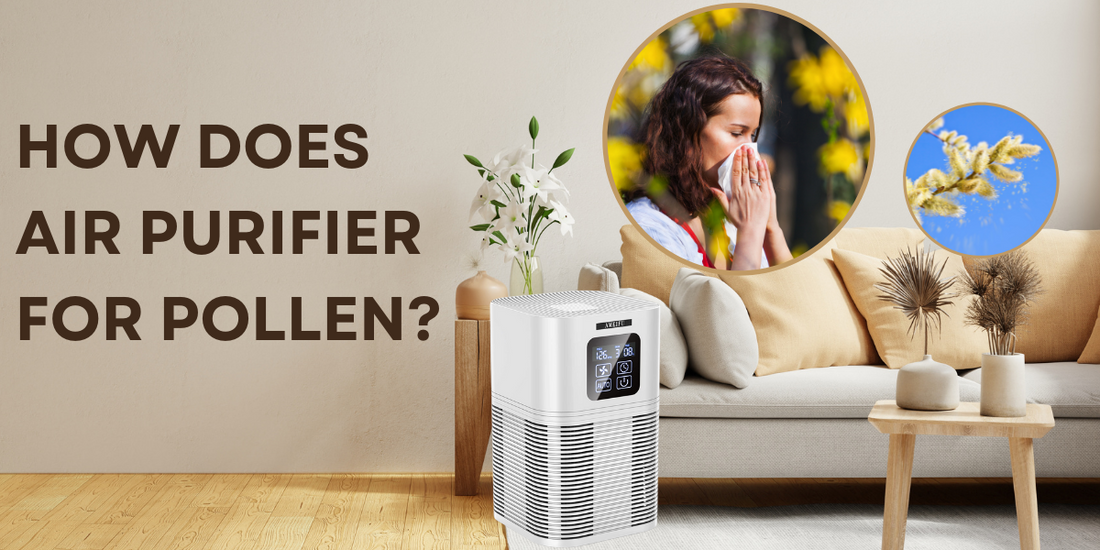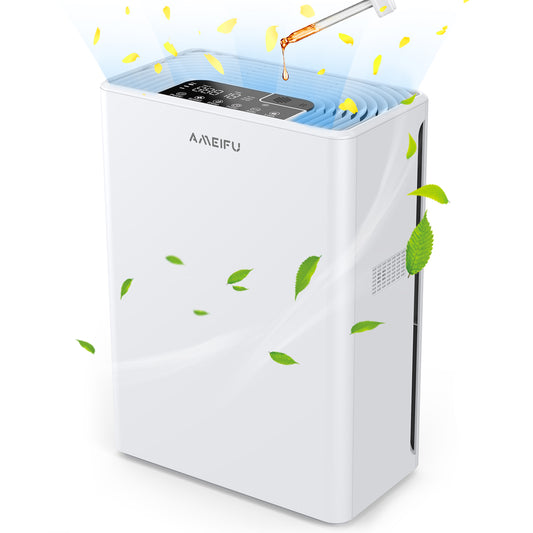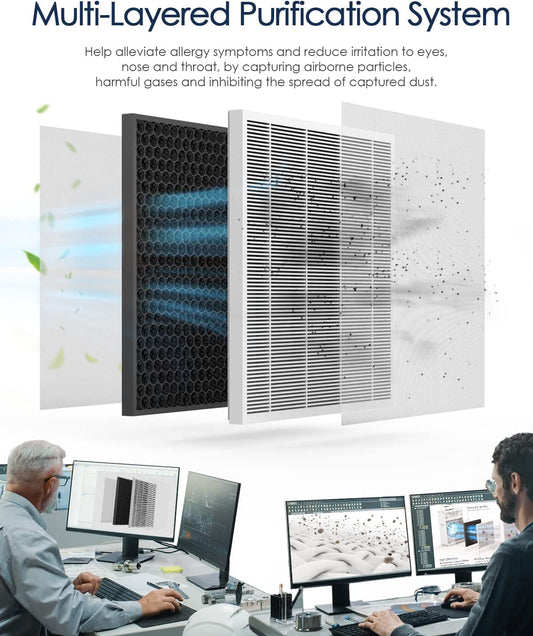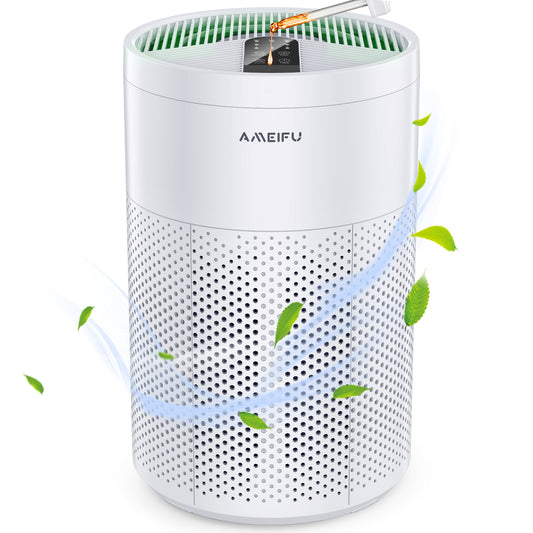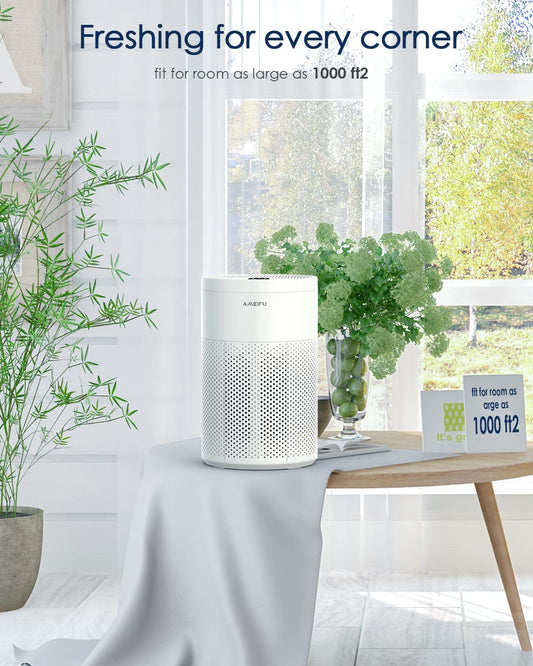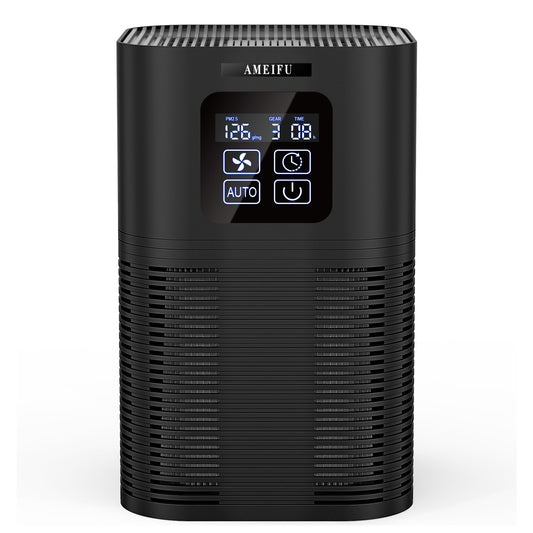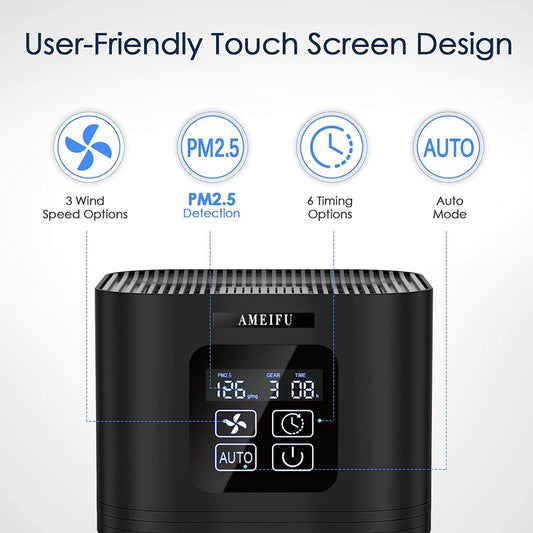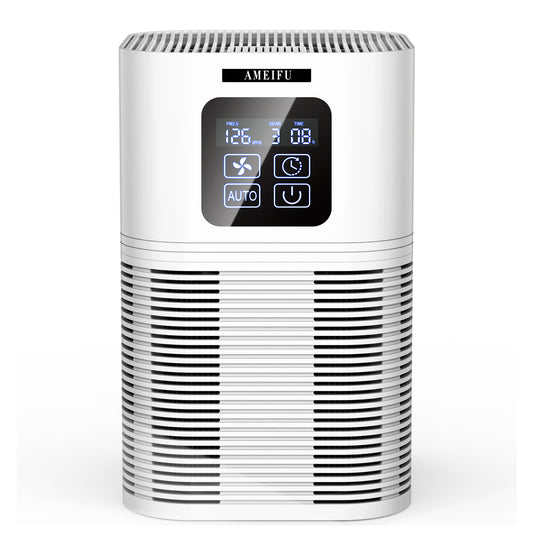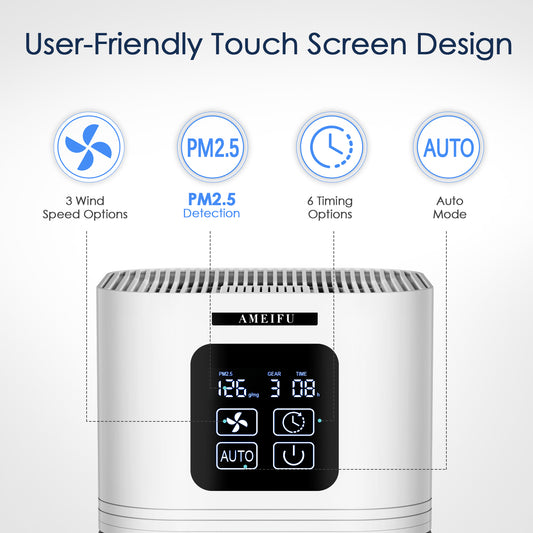Pollen allergies can turn the arrival of spring into a nightmare for many individuals. Sneezing, itchy eyes, and congestion can make daily life uncomfortable. To combat these symptoms and create a more pleasant indoor environment, air purifiers designed specifically to target pollen can be highly effective. In this article, we will delve into how air purifiers can help with pollen allergies and explore their effectiveness in reducing pollen in indoor spaces.
Understanding Pollen Allergies
The Impact of Pollen Allergies
Pollen is a fine powder produced by plants during their reproductive process. For individuals with pollen allergies, exposure to pollen can trigger an allergic reaction. Symptoms can include sneezing, congestion, runny nose, itchy or watery eyes, and throat irritation. These symptoms can significantly impact daily activities and reduce overall well-being.
Sources of Indoor Pollen
Although pollen is primarily an outdoor allergen, it can find its way indoors through open windows, doors, and on clothing. Pets can also carry pollen indoors on their fur. Once inside, pollen particles can linger in the air, leading to continued exposure and allergy symptoms.
How Air Purifiers Help with Pollen Allergies
Pollen Filtration
Air purifiers equipped with High-Efficiency Particulate Air (HEPA) filters are exceptionally effective at capturing and trapping pollen particles from the air. HEPA filters have a fine mesh that can capture particles as small as 0.3 microns with a high level of efficiency. By running an air purifier with a HEPA filter, you can significantly reduce the amount of pollen in the indoor air, providing relief to allergy sufferers.
Continuous Filtration
Air purifiers operate continuously, ensuring a consistent filtration process. This is particularly beneficial for individuals with pollen allergies, as it helps maintain a lower pollen count indoors. By continuously cycling the air through the purifier, pollen particles are continuously captured and removed, creating a cleaner and healthier environment.
Removal of Other Allergens
Air purifiers not only capture pollen but also effectively remove other common indoor allergens, such as dust mites, pet dander, and mold spores. By addressing multiple allergens simultaneously, air purifiers can help alleviate overall allergy symptoms and improve indoor air quality.
Odor Reduction
Some air purifiers feature activated carbon filters, which can help eliminate odors associated with pollen allergies. These filters have the ability to adsorb and neutralize odor molecules, creating a more pleasant indoor environment for allergy sufferers.
Maximizing the Effectiveness of Air Purifiers for Pollen Allergies
Proper Placement
To optimize the effectiveness of an air purifier for pollen allergies, place it in the room where you spend the most time. Common areas include bedrooms, living rooms, or home offices. Ensure that the purifier is positioned in a way that allows for maximum air circulation and coverage.
Regular Maintenance
Maintaining your air purifier is crucial for optimal performance. Follow the manufacturer's guidelines for filter replacement or cleaning to ensure that the purifier continues to effectively capture pollen particles. Neglecting maintenance can reduce the purifier's efficiency and compromise its ability to alleviate allergy symptoms.
Combine with Other Allergy-Relief Measures
While air purifiers can significantly reduce pollen in indoor spaces, it's beneficial to combine their use with other allergy-relief measures. Keep windows closed during high-pollen periods, use allergen-proof bedding covers, regularly clean surfaces, and vacuum with a HEPA-filter-equipped vacuum cleaner. These actions complement the work of air purifiers and contribute to a more allergen-free environment.
Conclusion
By utilizing HEPA filters, air purifiers effectively capture and remove pollen particles from the indoor air, reducing exposure and alleviating allergy symptoms. Continuous filtration ensures a consistent reduction in pollen count, creating a healthier living environment. Additionally, air purifiers can address other common indoor allergens and help eliminate associated odors. To maximize the effectiveness of air purifiers for pollen allergies, proper placement, regular maintenance, and combining their use with other allergy-relief measures are recommended.

